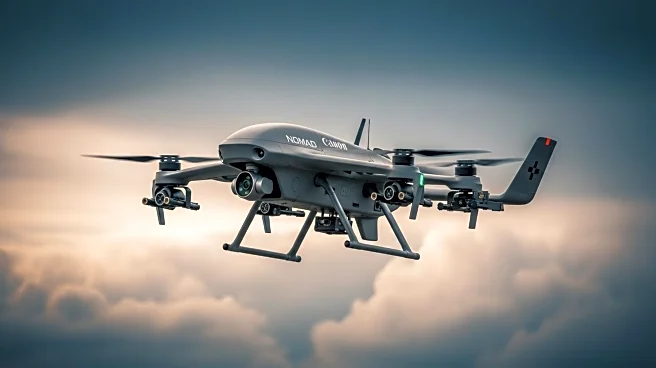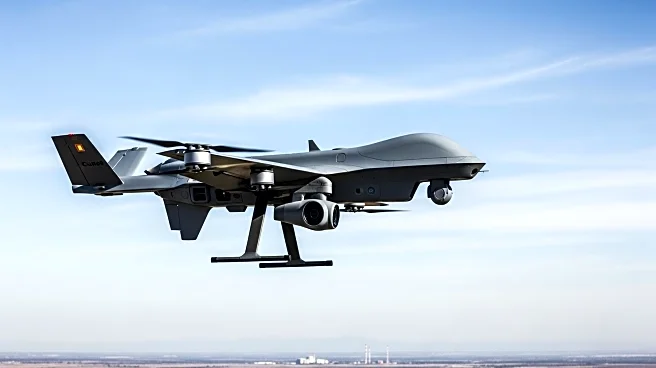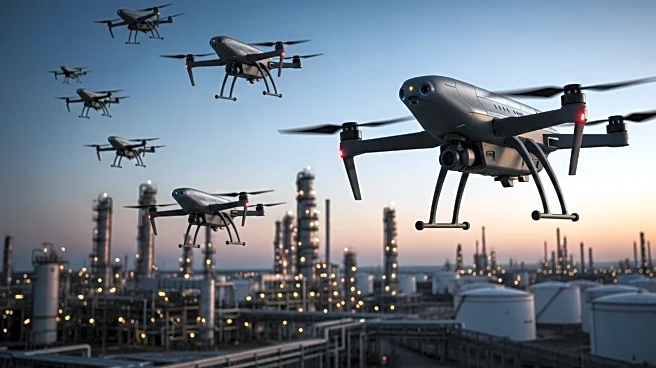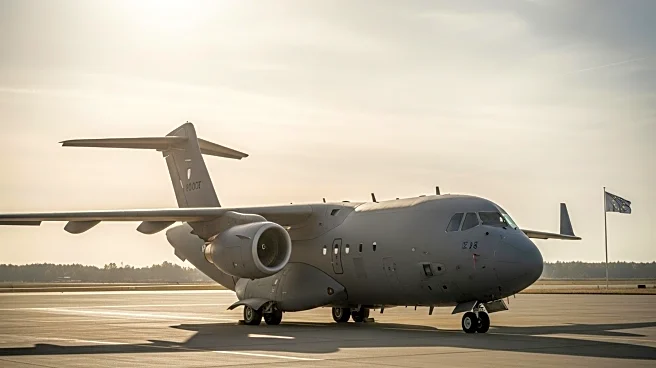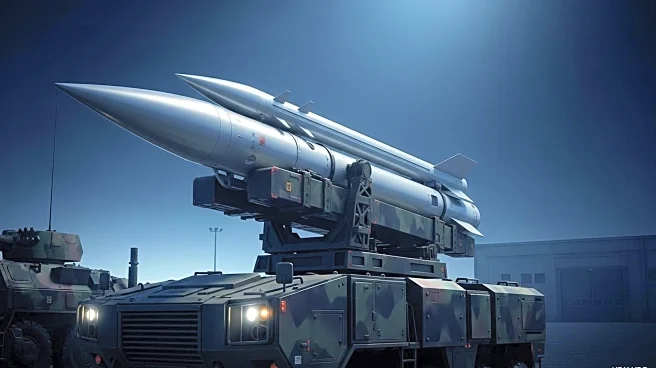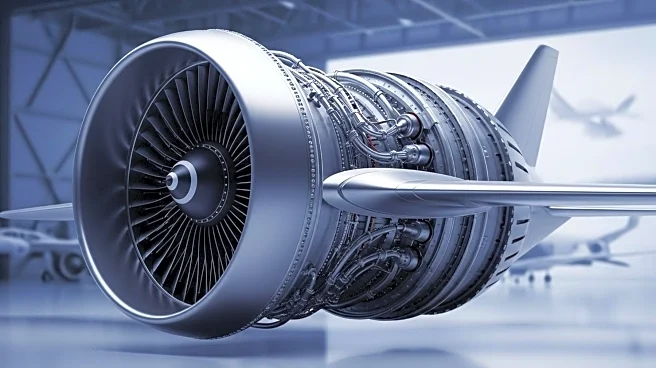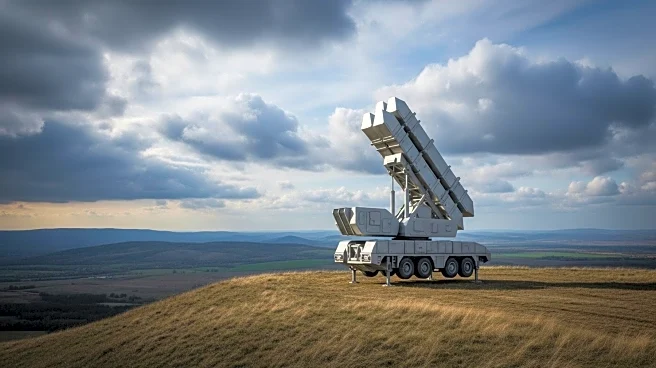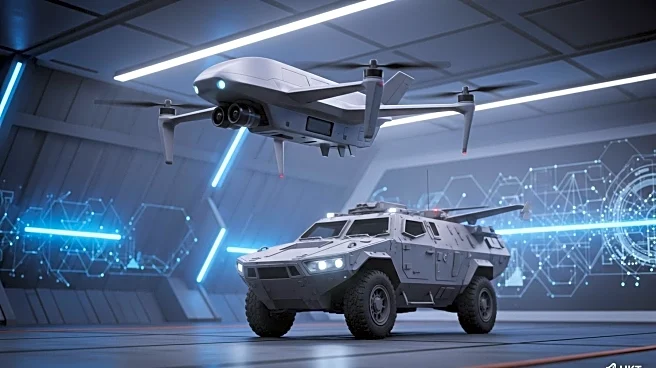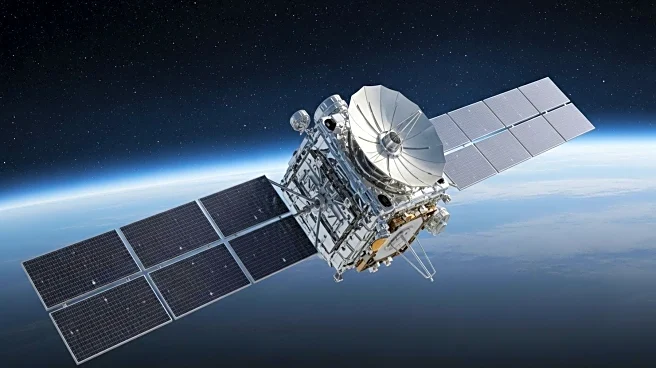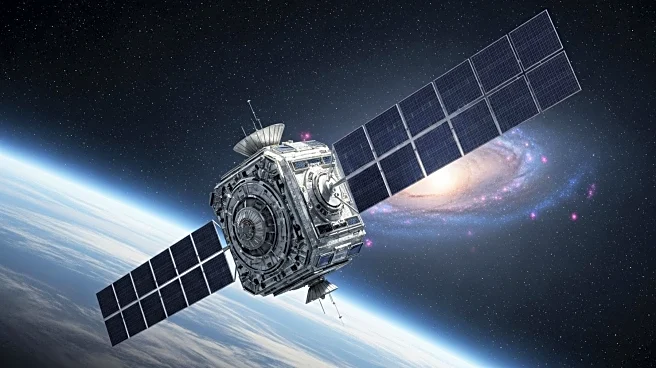What is the story about?
What's Happening?
Lockheed Martin's Sikorsky subsidiary is developing a new family of rotor-blown wing vertical take-off and landing (VTOL) unmanned aircraft systems (UASs) called Nomad. These systems are designed for operations in austere, urban, and shipborne environments. The Nomad family includes a Group 3 sized platform, similar to the US Army's Shadow UAS, and a Group 4 platform, akin to the Gray Eagle UAS. The Group 3 Nomad has been tested and is expected to have a 500 lb payload for reconnaissance and light attack missions. The Group 4 variant is in the preliminary design stage and could be demonstrated within a year or two.
Why It's Important?
The development of the Nomad UAS family represents a significant advancement in military technology, offering versatile and scalable solutions for various missions. These systems could enhance the U.S. military's reconnaissance and logistics capabilities, providing new tools for both kinetic and non-kinetic operations. The ability to operate in diverse environments makes the Nomad family a valuable asset for future military strategies. This development also underscores the ongoing innovation in unmanned systems, which are increasingly critical to modern warfare and defense strategies.
What's Next?
Sikorsky plans to continue testing and development of the Nomad UAS family, with the first flight of the Nomad 100 expected in the coming months. The company will likely focus on refining the design and capabilities of both Group 3 and Group 4 platforms to meet military requirements. As these systems progress, they may undergo further demonstrations and evaluations by the U.S. Department of Defense. The success of these initiatives could lead to broader adoption and integration into military operations, influencing future defense procurement and strategy.
AI Generated Content
Do you find this article useful?
